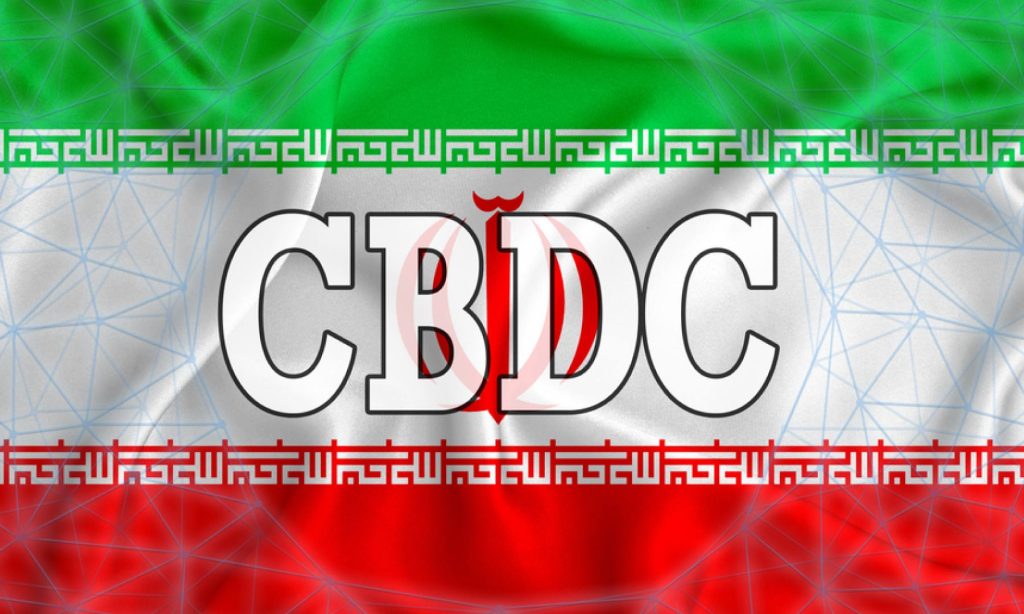The Central Bank of Iran (CBI) is set to launch a trial run of crypto-rial, a central bank digital currency (CBDC), on 22 September. The news was announced by the news service of Iran’s Chamber of Commerce, Industries, Mines, and Agriculture.
Central Bank Digital Currency (CBDC) is the digital form of a country’s fiat currency. They are centralized, not anonymous, and comply with anti-money laundering requirements. And they are not designed to compete with other cryptocurrencies.
The central bank said that the aim of introducing the crypto-rial is “to turn banknotes into a programmable entity.” Like all CBDC’s, crypto-rial is designed as a new type of national currency, like banknotes and coins, but is completely digital.
The CBDC will operate on the Borna platform, developed using the Hyperledger Fabric, an IBM open-source distributed ledger technology platform. The platform was adopted in 2019 to help modernize the outdated Iranian banking system.
Iran’s journey to CBDC adoption
Iran’s CBDC “crypto-rial” has been in the planning stage since 2018. The long-pending proposal got a boost this year when the central bank’s current head Ali Salehabadi said the bank had the necessary infrastructure and rules to launch its CBDC.
Middle Eastern countries have been bullish on crypto utilities, with the UAE emerging as a crypto hub in the region. In August, Iran started using crypto to pay for imports, with the aim of increasing the adoption of crypto in the country. However, in Iran, the regulatory stance on crypto is still unclear, causing concern among Iranian businesses.








